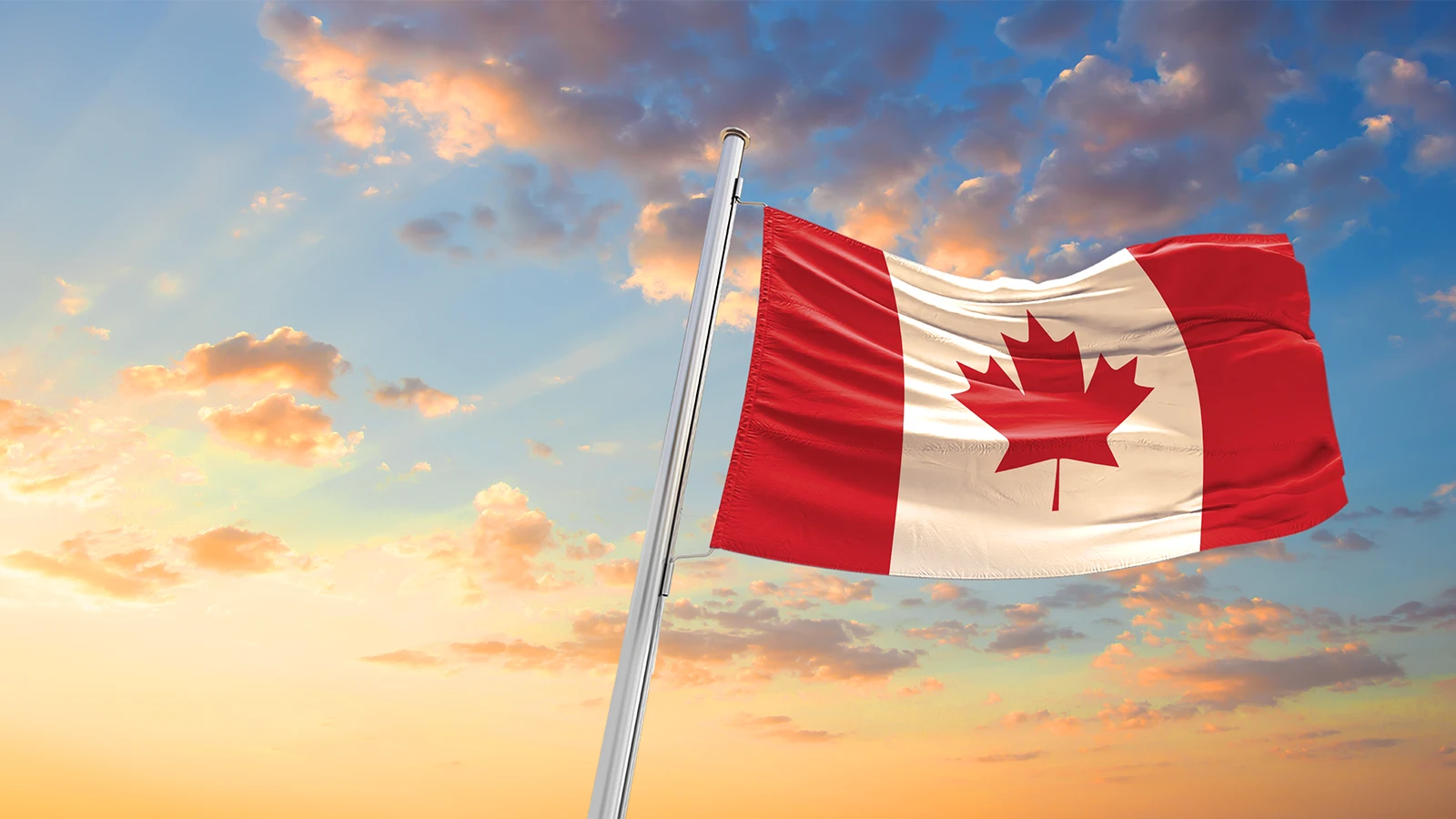Now that the 2018 Federal Budget has been released, cannabis producers and investors have a much better idea of how the legal product will be taxed in the future. I had previously provided commentary / MNP Take on the topic after Bill C-45 The Cannabis Act was first introduced, with concerns about the potential pitfalls of taxing cannabis and keeping prices low enough so consumers are more likely to choose the legal market over the black market.
The federal government says it’s committed to ensuring taxes on cannabis products remain as low as possible, but some argue the taxes may not be low enough. It’s not that they argue against a tax - it is understood the government needs to tax these products as the costs of enforcement and education won’t be cheap. But there is a concern that if taxation levels aren’t exactly right, illegal markets will continue to thrive by selling cannabis at a lower price.
Excise Duties
The budget did not mention how much revenue cannabis taxes may generate. Here is what we do know:
The budget indicated an excise duty framework for the majority of cannabis products once legalization of recreational cannabis becomes official. Generally, cannabis products with low amounts of tetrahydrocannabinol (THC) will not be taxed. Neither will pharmaceutical items derived from cannabis, as long as they have a Drug Identification Number and are only available to patients with a prescription.
Taxing for cannabis products will come down to two options - whichever is the highest applicable per product - either a $1.00 per gram standard or 10 percent of a product price. The amount of the flat rate duty will depend on whether the product represents flowering or non-flowering material. This is generally referred to as “flower” and “trim,” respectively. The lower flat rate duty on trim will be $0.30 per gram.
The excise tax will generally apply to all cannabis products available for legal purchase, including fresh and dried cannabis, cannabis oils, and seeds and seedlings for home cultivation.
So for example; say that you have one company that is licensed to grow cannabis and another company that has a license to package and distribute the cannabis, the duty will be payable by the second company that packages and distributes the product for sale into the market place. The duty becomes payable at the time that the cannabis is sold into the marketplace, whether that is to the locally approved provincial distributor or to an approved retailer.
There are a few exceptions to when the excise duty applies. In the budget it was clarified that if the THC content of the product was less than .3% there would not be an excise duty applied. Product that will be supplied to patients under the existing Medical system will also be subject to the Excise Duty.
Components of the overall taxation of the cannabis sector will include all the regular taxes, such as income tax on business profits, GST on product sales and the property taxes and license fees payable by businesses. These are all part of taxation under the existing framework of laws applicable to all businesses and are not specifically addressed in the budget.
As under the current medical system, GST / HST will be applicable to the sale of cannabis products. It will be important for companies that have set up separate entities for each stage of the production to remember that they will have a taxable transaction each time the product moves.
Federal vs Provincial Cut
The federal government originally proposed that the excise tax would be split 50 / 50 with the participating provinces but the December 2017 agreement with the provinces increased the provincial share to 75 percent. The federal government will keep the remaining 25 percent. However, that sum will be capped annually at $100 million for the first two years after legalization. Beyond that, any federal revenue in excess of $100 million would go back to provinces and territories. In turn, the government expects a large portion of this revenue to go to municipalities and local communities which are on the front lines of implementation and contending with the many attendant costs associated with legalization.
The budget proposed to provide $62.5 million over five years (starting in 2018–19) for cannabis public education initiatives. This funding will support the community-based organizations that are educating their communities on the risks associated with cannabis use. Also proposed were plans to provide $10 million over five years for the Mental Health Commission of Canada to help assess the impact of cannabis use on the mental health of Canadians. Another $10 million was pledged to the Canadian Centre on Substance Use and Addiction to support research on cannabis use in Canada.
The government projects other excise taxes and duties (OETD) to increase by 4.6 percent in 2018–19 through cannabis revenues.
Tracking the Source
Cannabis cultivators and manufacturers will need to obtain a cannabis license from the Canada Revenue Agency (CRA). All cannabis products introduced into the Canadian market for retail sale will also require an excise stamp. Excise stamps will have specified colours indicating the province or territory where the product will be sold.
Before an order of stamps can be approved, the Canada Revenue Agency (CRA) will need to approve the order. This will assist the CRA with tracking the product and helping to ensure that illegal product does not make its way into the main stream system. The stamps will need to be applied in such a way to the product that they remain on the product until the consumer receives it. There will be penalties applied by the CRA for lost or damaged stamps. The stamp orders will be tracked by Licensed Producer so it will be important that the right company that is actually the one making the supply of the product into the market, is the one obtaining and ordering the stamps.
The statutory provisions governing the new excise tax will be enacted by amendments to the Excise Act, 2001. Unfortunately, the Notice of Ways and Means Motion that accompanied Budget 2018 did not contain the detailed legislative provisions that will govern the new tax. These will be released at a later date.
As always, MNP is committed to staying at the forefront of this emerging sector and will keep you abreast of new developments.
To learn more about this topic or how MNP can help you, contact Glenn Fraser CPA, CA, MBA, Partner, National Leader, Cannabis Services at [email protected] or 416.596.1711.






